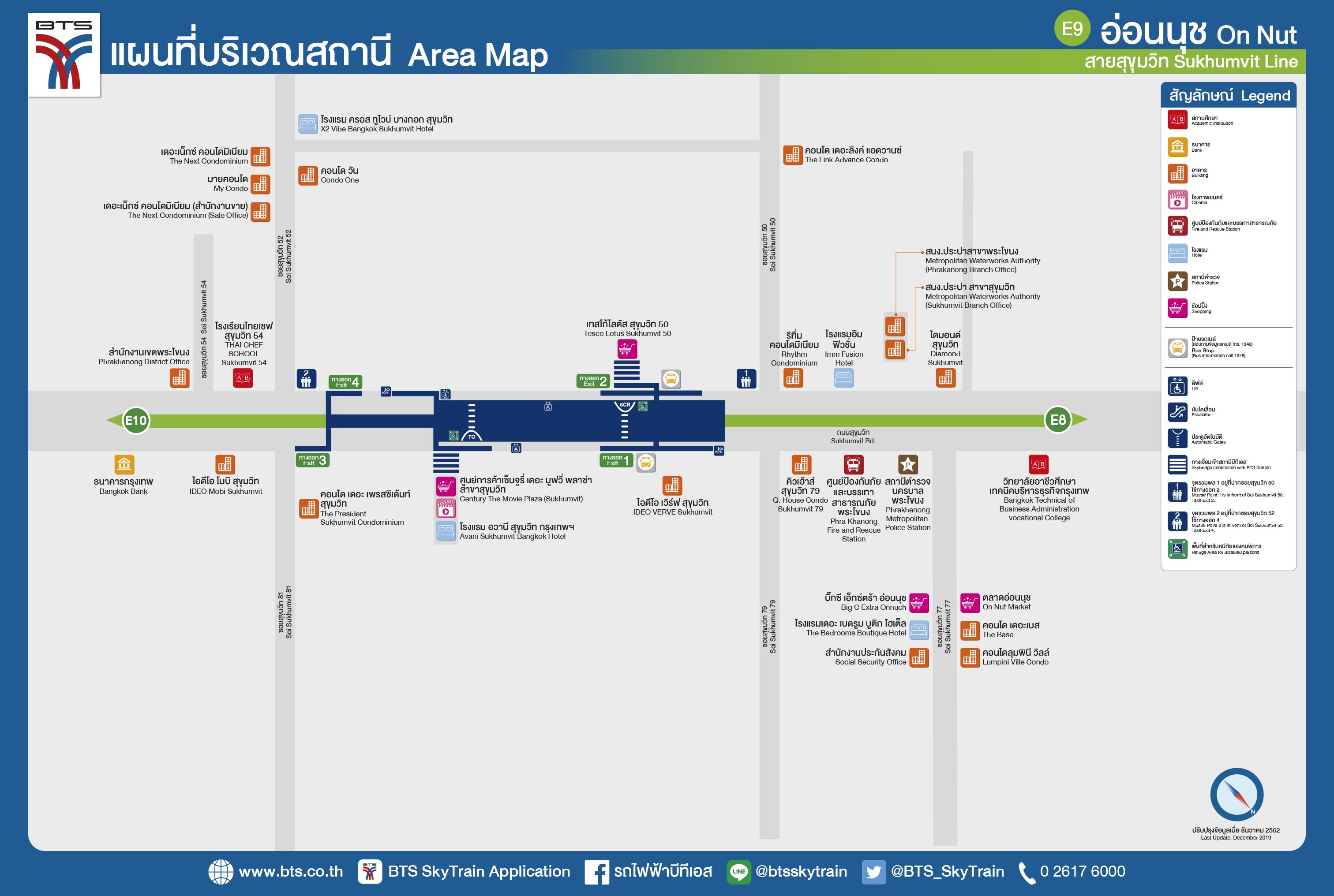Unraveling the Mysteries of Traumdeutung A Guide to Dream Interpretation
Unraveling the Mysteries of Traumdeutung: A Guide to Dr […]
Unraveling the Mysteries of Traumdeutung: A Guide to Dream Interpretation

Introduction:

Sigmund Freud’s The Interpretation of Dreams (Traumdeutung, 1900) is a cornerstone of psychoanalytic theory. It delves into the complex, often cryptic world of dreams, offering a framework for understanding their hidden meanings and their significance in our waking lives. This guide aims to illuminate the key concepts and interpretations presented in Freud’s seminal work, equipping you with the tools to navigate your own dreamscape.

Freud’s Dream Theory:
Freud believed that dreams are not random occurrences but meaningful expressions of our unconscious desires, conflicts, and anxieties. He proposed several key concepts to explain their underlying mechanisms:
- The Unconscious: A reservoir of repressed thoughts, feelings, and memories, inaccessible to our conscious mind but influencing our behavior and dreams.
- The Wish-Fulfillment Model: Dreams serve as a way to fulfill unconscious desires that cannot be realized in our waking life. However, these desires are often disguised through symbolism and condensation.
- Dream Symbolism: Objects, people, or situations in dreams represent hidden meanings, often drawing on personal experiences and cultural associations. Deciphering these symbols is crucial for unlocking the dream’s message.
- Dream Censorship: Our unconscious mind seeks to disguise the true meaning of our dreams through mechanisms like displacement, symbolization, and condensation. This protects us from confronting raw, disturbing urges.
Interpreting Your Dreams:
Applying Freud’s framework to your own dreams requires introspection and critical analysis. Here are some steps to consider:
- Record your dreams: Keeping a dream journal helps you recall details and recurring themes.
- Identify key elements: Focus on vivid objects, people, emotions, and actions in your dreams.
- Consider personal associations: What do these elements symbolize in your own life and experiences?
- Look for connections: Analyze how these elements connect to your current waking life concerns, anxieties, or desires.
- Don’t be literal: Symbols are rarely straightforward; look for deeper meanings and metaphorical interpretations.
Limitations and Criticisms:
Freud’s dream theory has been met with both enthusiasm and critique. While it offers a valuable framework for understanding dreams, it’s important to acknowledge its limitations:
- Cultural and Individual Variability: Symbolism can vary across cultures and individuals, making universal interpretations challenging.
- Overemphasis on Sexual Conflict: Critics argue that Freud’s focus on sexual urges as the primary motivator for dreams is overly simplistic and overlooks other psychological factors.
- Lack of Empirical Evidence: Scientific validation of Freud’s dream theory is limited, making it difficult to objectively assess its accuracy.
Conclusion:
Despite its limitations, The Interpretation of Dreams remains a groundbreaking work that offers valuable insights into the human psyche. By understanding the core principles of Freud’s theory and approaching dream interpretation with an open mind and critical lens, you can gain a deeper understanding of your own unconscious desires and motivations, enriching your self-awareness and potentially unlocking pathways for personal growth.
Remember, dream interpretation is a personal journey. This guide provides a starting point, but ultimately, the meanings you discover within your dreams are unique to you. So, embrace the mystery, delve into the depths of your unconscious, and see what insights your dreams have to offer.



